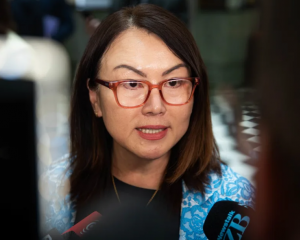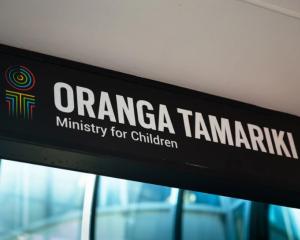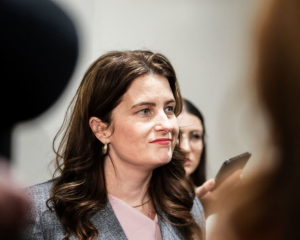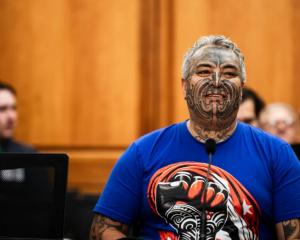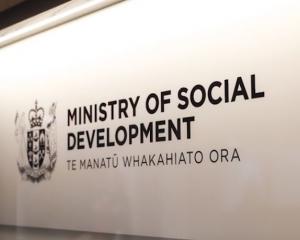
Dennis Hopkins recalled feeling unwell and rather light-headed when he woke early one morning in April.
It wasn’t until the Taranaki man popped to the loo, walked back to bed, and found he couldn’t talk that he realised something serious had hit him.
His wife, Julia, however knew exactly what was happening. “I think you’re having a stroke.”
She turned on the light and realised his left eye and the side of his mouth was drooping, then rang for an ambulance immediately.
After several months of treatment, Hopkins’ speech and memory had improved, although he’d had to leave his job as a school bus driver.
The 71-year-old was thankful his wife had recognised the signs; after all, she’d suffered two strokes herself some years before.
New research now warns the Hopkins’ experience is likely to become much more common among Kiwis.
In only the next decade, the number of stroke sufferers could balloon by 40%.
If further reductions in stroke incidence couldn’t be achieved, the number of sufferers could rise from 7231 in 2015 to 10,112 in 2028.
This increase - forecast in a study published in the New Zealand Medical Journal today - would come as a result due to our ageing and growing population.
But the figure still came as a surprise to the researcher who led the work.
“We knew it would go up but didn’t expect the increase to be quite this high,” said Associate Professor Anna Ranta, who heads the University of Otago’s Department of Medicine in Wellington.
“The large increase emphasises that our New Zealand health sector needs to implement effective stroke prevention programmes and stroke intervention strategies to minimise the impact on both human suffering and healthcare expenditure.”
In New Zealand, it had been estimated up to 9000 people had a stroke each year, and 50,000 people lived with the consequences.
The annual cost has been estimated to be $700 million.
Ranta said the new study aimed to project stroke volumes over the next 10 years to help with health sector planning.
“Because these figures are growing due to our population growing, it is imperative that the health sector plans ahead and implements effective and appropriate prevention and post-stroke intervention strategies to manage the rise in stroke burden.”

Stroke Foundation chief executive Mark Vivian, however, wasn’t so taken aback by the projections.
“We’ve been concerned for some time that the growing, ageing population is going to mean an increase in people having strokes.”
Vivian was pleased to see the new research also showed deaths from stroke, along with incidence, had decreased markedly since the early 1980s.
“The challenge now is to carry that progress forward,” he said.
“We all - but especially Government - have the potential to stop these projections becoming reality.
“That would mean thousands of New Zealanders saved from stroke, and millions of dollars saved in downstream health care.”
Vivian said while stroke treatment had improved greatly and was now more widely available, prevention remained better than cure.
“The Government must do more and spend more to help all New Zealanders reduce their stroke risk,” he said.
“Anyone can have a stroke, so this vital health issue affects everyone.
“Three-quarters of strokes can be avoided by following a healthy lifestyle and getting regular blood pressure checks.”
Meanwhile, he urged all Kiwis to learn FAST, which taught people to recognise the most common symptoms of stroke - facial drooping, arm weakness, speech difficulties - and dial 111 immediately.
- By Jamie Morton

